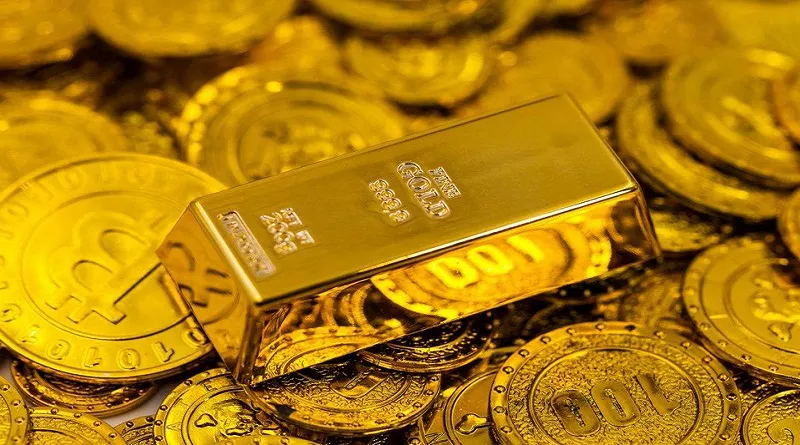The world of precious metals is a fascinating realm where various factors contribute to the valuation of each metal. Among the most renowned precious metals, gold often takes the spotlight for its historical significance and enduring allure. However, a curious question arises: why is platinum, a metal with similar rarity and remarkable qualities, typically cheaper than gold? In this article, we’ll delve into the intricate dynamics behind the pricing of platinum in comparison to gold, exploring the key factors that contribute to this intriguing discrepancy.
1. Rarity and Availability: The Starting Point
Platinum is indeed rare, much like gold, but its relative scarcity compared to gold doesn’t fully explain its lower price. While both metals are considered precious, the availability of platinum is somewhat higher. Platinum is mined in a few regions globally, with the primary sources being South Africa, Russia, and Zimbabwe. Gold, on the other hand, is mined more widely across the world, including significant production from countries like China, Australia, and Russia. This difference in availability plays a role in the pricing of these metals.
2. Industrial Demand: The Platinum Factor
One of the critical distinctions between platinum and gold is their usage beyond investment and jewelry. Platinum has significant industrial applications, particularly in the automotive industry. It’s a crucial component in catalytic converters, devices that reduce harmful emissions in vehicles. The demand for these converters has a significant impact on platinum prices. During periods of economic growth and increased car production, the demand for platinum rises. Conversely, economic downturns or advancements in catalytic converter technology that use less platinum can lead to decreased demand and affect platinum’s price.
3. Investment and Sentiment: The Gold Standard
Gold has long been a symbol of wealth, stability, and a hedge against economic uncertainty. The historical and cultural significance of gold as a store of value contributes to its consistently high demand, particularly during times of geopolitical instability or economic downturns. Many investors turn to gold as a safe-haven asset, bolstering its price. While platinum does hold investment appeal, it lacks the same level of recognition as a store of value compared to gold.
4. Market Perception and Liquidity: An Impactful Factor
The perception of platinum as an investment option can influence its price. Gold has established itself as a highly liquid asset, traded on a massive scale in global financial markets. This widespread recognition and liquidity make gold an attractive option for both individual and institutional investors. In contrast, platinum’s market perception and liquidity, although significant, do not match the level of gold. This can impact the pricing dynamics, with gold enjoying a more established and active market.
Frequently Asked Questions
Q1. Are there other factors besides industrial demand that affect platinum’s price?
Yes, there are several factors. The mining industry’s conditions, geopolitical stability in platinum-producing regions, currency exchange rates, and overall economic health play a role in platinum’s price. Additionally, changes in jewelry demand, particularly in emerging markets, can influence platinum prices.
Q2. Can platinum ever surpass gold in price, given its rarity and industrial uses?
While it’s theoretically possible for platinum to surpass gold in price, it would require a significant shift in market dynamics. This might involve a combination of increased investment demand, a reduction in gold’s demand as a safe-haven asset, and significant advancements in platinum’s industrial applications.
Q3. Should investors consider platinum as part of their portfolio diversification?
Platinum can be a valuable addition to a diversified investment portfolio. It offers exposure to both the precious metals market and industrial demand, providing potential benefits during periods of economic growth and advancements in technology. However, it’s essential to research thoroughly, understand the market factors, and consider individual investment goals before including platinum in a portfolio.
Conclusion: Deciphering the Price Disparity
The question of why platinum is cheaper than gold has multifaceted answers rooted in supply and demand dynamics, industrial applications, investment sentiment, and market perceptions. While both platinum and gold possess unique qualities that contribute to their value, platinum’s industrial demand and its relative recognition as an investment asset differ from those of gold. Understanding these factors can help investors and enthusiasts appreciate the hidden value of platinum in the precious metals landscape and make informed decisions based on their investment objectives and market trends.

